While Morocco’s luxury desert camps have defined the popular imagination of upscale Saharan accommodation, extraordinary desert retreats exist worldwide where dramatic landscapes and cultural experiences rival or exceed those of North Africa. These alternative destinations offer distinctive architectural approaches, indigenous hospitality traditions, and ecosystems that challenge conventional desert imagery.
Here is a list of 15 remarkable desert camps beyond Morocco that immerse travelers in extraordinary landscapes while providing unexpected comforts and cultural connections in seemingly inhospitable environments.
Wolwedans Dune Camp in Namibia
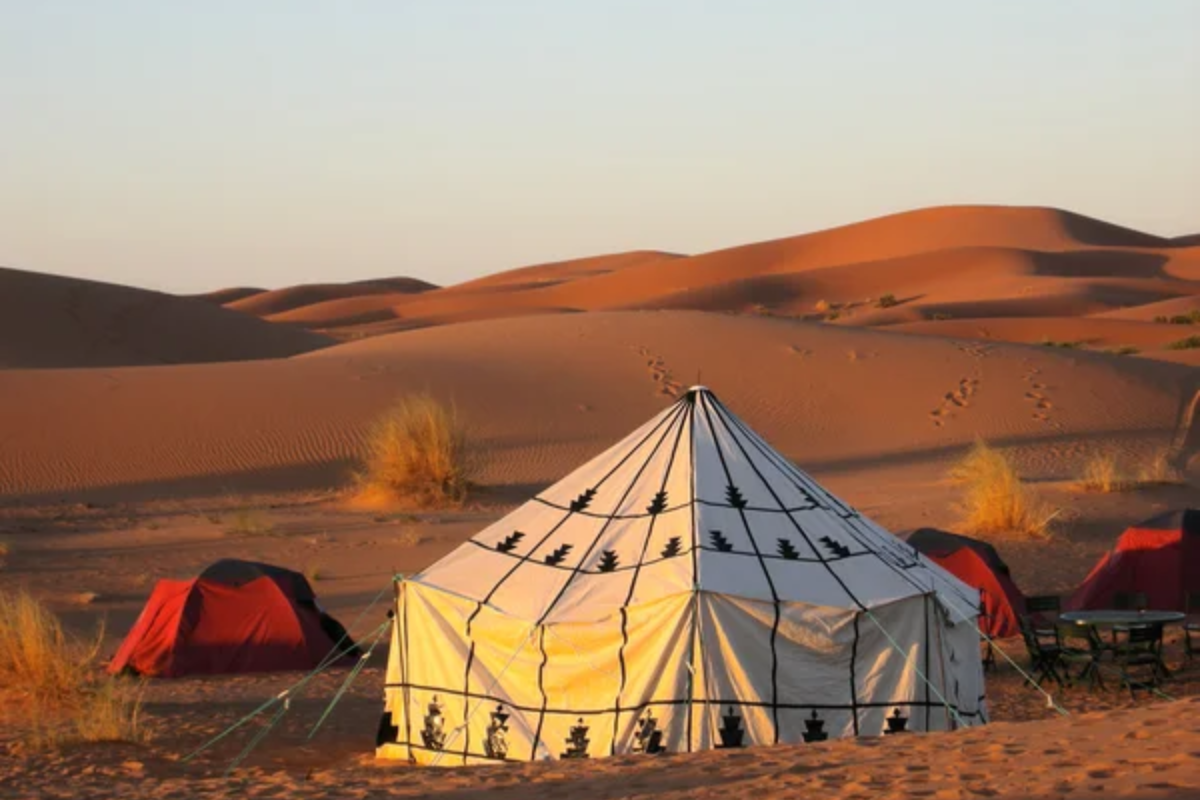
Situated within the NamibRand Nature Reserve, these elevated platforms rest atop ancient red dunes where colors shift dramatically with changing light. Canvas structures feature roll-up sides, allowing cross-ventilation that eliminates the need for artificial cooling despite desert temperatures.
The camp’s position along migration routes creates natural wildlife viewing as oryx and springbok move through the camp rather than requiring guided excursions. Dining under impossibly clear skies reveals astronomical features rarely visible elsewhere, with southern hemisphere constellations unfamiliar to northern visitors providing natural nighttime entertainment.
Longitude 131° at Uluru
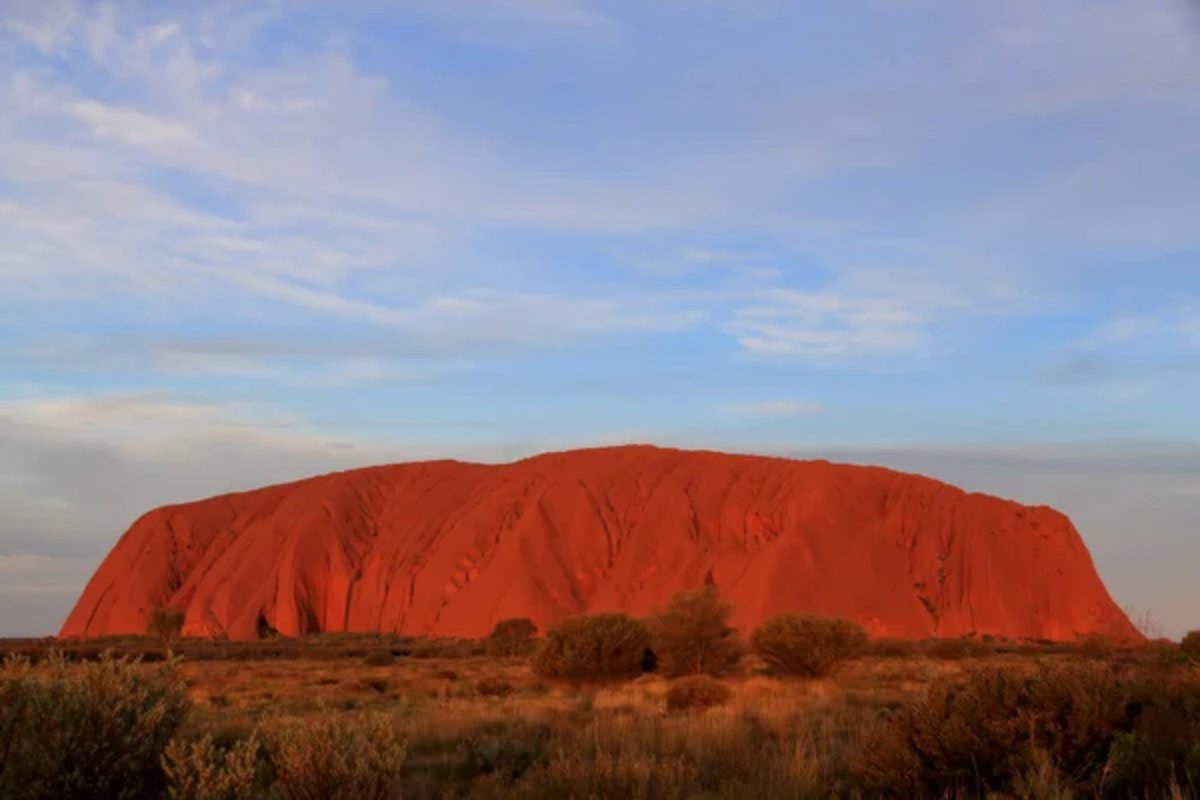
This Australian outback camp positions luxury tents facing directly toward the massive sandstone monolith, creating a natural focus for accommodations impossible to replicate elsewhere. Floor-to-ceiling windows reveal Uluru’s color transformations throughout the day without requiring guests to leave climate-controlled environments during extreme temperature periods.
Indigenous ownership ensures authentic cultural interpretation rather than commercialized versions of Aboriginal traditions. The property’s isolation creates perfect dark sky conditions for astronomical observation, with southern hemisphere features like the Magellanic Clouds visible to the naked eye.
Like Travel Pug’s content? Follow us on MSN.
Three Camel Lodge in Mongolia’s Gobi

Traditional ger structures adapted with modern amenities maintain circular floor plans originally designed to withstand powerful desert winds while creating distinctive spatial experiences, unlike rectangular western rooms. The camp’s nomadic-inspired architecture allows seasonal repositioning to optimize conditions as the Gobi Desert climate shifts dramatically between seasons.
Surrounding landscapes feature multiple desert ecosystems within a day-trip range—from dramatic dunes to dinosaur fossil beds and hidden oasis environments. Cultural programming includes opportunities to meet actual nomadic families continuing traditional lifestyles rather than staged performances.
The Desert Ranch at San Pedro de Atacama
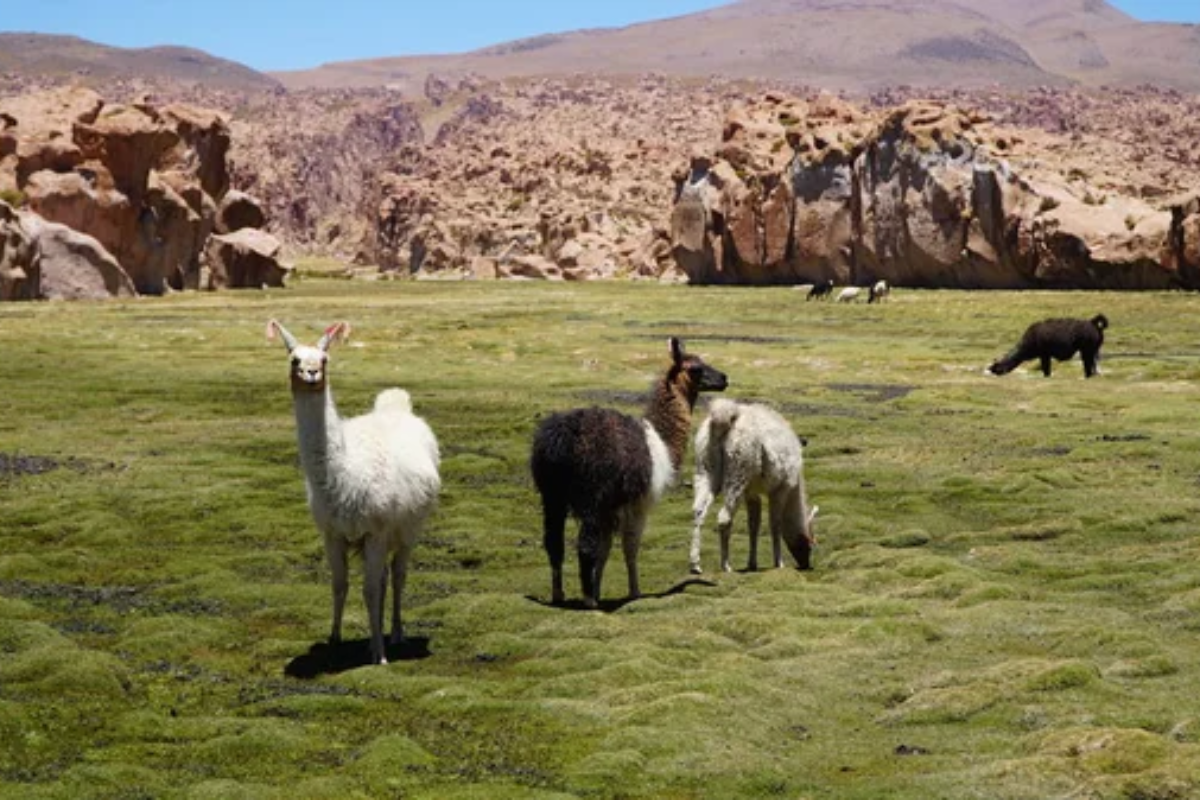
Chile’s high-altitude desert creates extraordinary stargazing conditions where astronomers from worldwide observatories gather for research in the same skies guests enjoy nightly. Adobe structures incorporating indigenous building techniques naturally regulate temperature despite dramatic day-night fluctuations common at elevations exceeding 8,000 feet.
Excursions access geothermal features, including geysers, hot springs, and mud pools, where visitors experience active geology rarely available in populated areas. The property’s position between salt flats and volcanic landscapes creates dramatic visual contrast within relatively short distances.
Sonop Lodge in Namibia’s Karas Region

Built atop massive granite boulders, this camp emphasizes the connection between architectural and natural elements through structures that appear to emerge organically from rock formations. Canvas tents arranged like colonial expedition camps feature antique furnishings, creating a deliberate time-displacement experience divorced from contemporary reference points.
The elevated position creates natural ventilation through structures while providing expansive views across landscapes stretching toward distant horizons without visual interruption. Night skies monitored by professional telescope offer glimpses into deep space through an atmosphere renowned for exceptional clarity.
Like Travel Pug’s content? Follow us on MSN.
Camp Sarika by Amangiri in Utah

Nestled against dramatic rock formations, these pavilions blend into landscapes so effectively that they nearly disappear when viewed from a distance. Natural color palettes derived from surrounding sandstone create visual continuity between built and natural environments while reflecting heat rather than absorbing it.
Floor plans maintain a connection to outdoor spaces through retractable walls that allow flexible living arrangements depending on weather conditions and personal preference. The property’s position within Grand Staircase-Escalante National Monument provides access to rarely visited slot canyons and archaeological sites without crowds found at better-known destinations.
Jawai Leopard Camp in Rajasthan
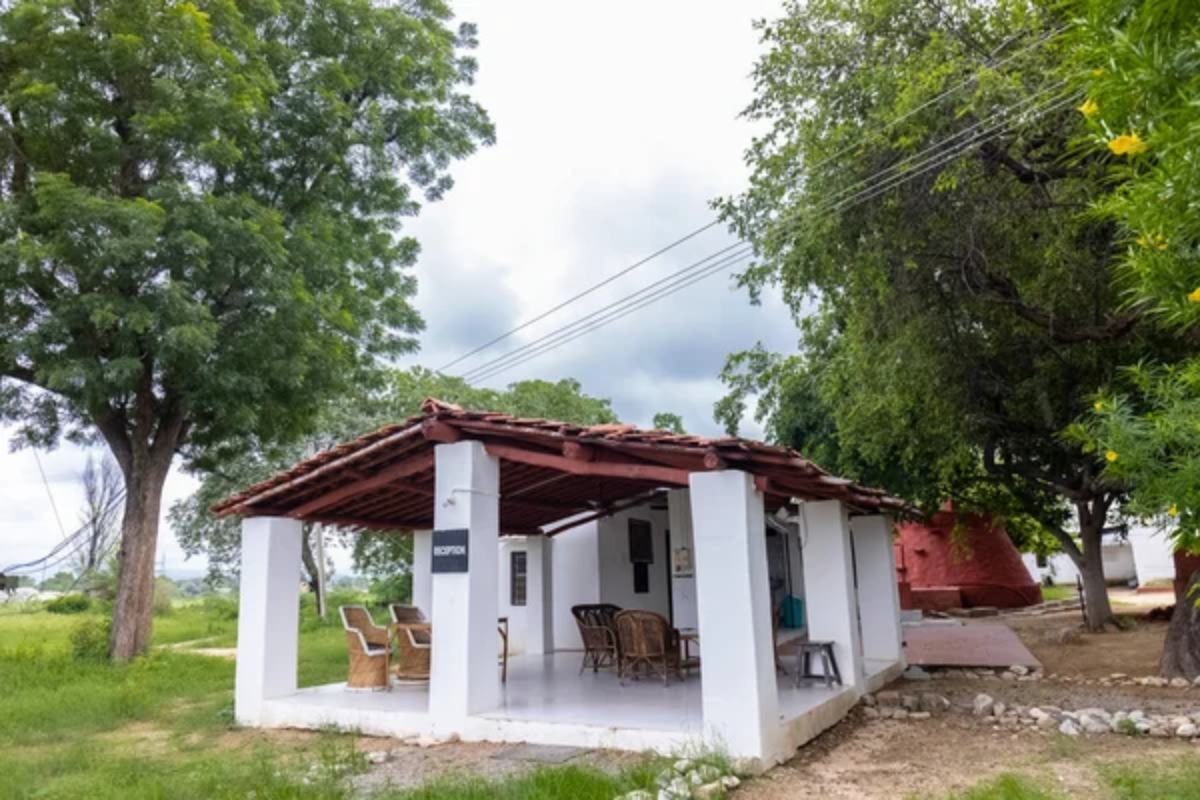
Located between granite formations where leopards naturally den, this Indian desert camp provides wildlife viewing opportunities without game drive requirements as animals regularly pass through camp perimeters. Canvas structures maintain traditional safari aesthetics while incorporating solar technology that powers the entire operation without visible infrastructure disrupting landscape views.
The property works directly with Rabari herdsmen whose traditional knowledge enhances wildlife tracking while providing sustainable livelihoods complementary to conservation efforts. Morning mists create extraordinary photography conditions as light filters through acacia trees and illuminate granite outcroppings where leopards often rest during daylight hours.
White Desert’s Whichaway Camp in Antarctica

While technically not within the standard desert classification, Antarctica qualifies as a polar desert based on minimal precipitation despite abundant ice presence. Fiberglass pods engineered for extreme conditions create comfortable interiors despite exterior temperatures reaching minus 40 degrees.
The camp’s seasonal operation coincides with 24-hour daylight periods, creating extraordinary photography conditions throughout the “night” as low-angle light continuously circles the horizon. Excursions access emperor penguin colonies and ice caves rarely visited by conventional Antarctic cruises, providing exclusive wildlife experiences beyond typical tourism circuits.
Like Travel Pug’s content? Follow us on MSN.
Al Maha Desert Resort in UAE
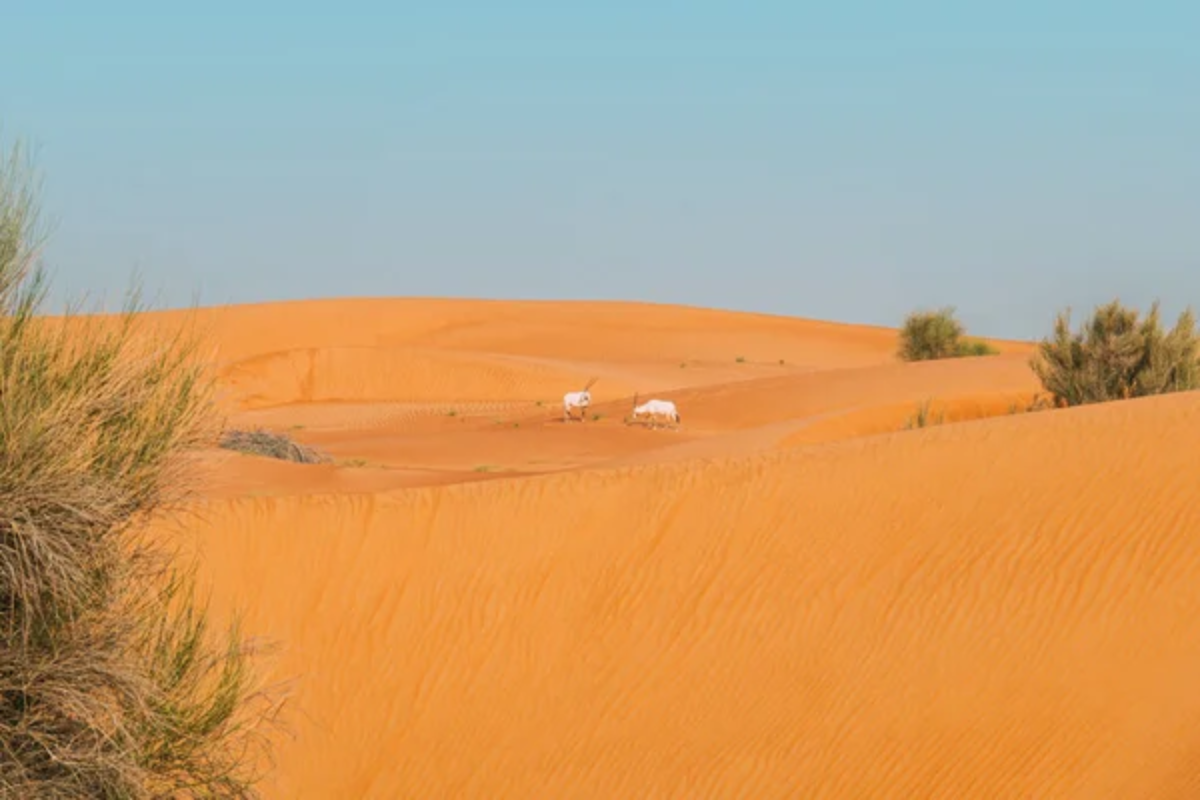
Located within a dedicated conservation reserve rather than an open desert, this property supports reintroduction programs for endangered Arabian oryx and gazelles once extinct in the wild. Individual suites feature private plunge pools that attract desert wildlife for viewing opportunities from personal accommodations without disrupting animal behavior.
The camp maintains traditional Bedouin architectural elements while incorporating sustainable water management systems essential in regions experiencing severe resource constraints. Cultural programming includes falconry demonstrations and traditional hunting techniques developed over centuries.
Jack’s Camp in Botswana’s Kalahari

Established by filmmaker and conservationist Jack Bousfield, this camp blends 1940s safari aesthetics with environmental education focused on desert adaptation strategies. Canvas tents furnished with museum-quality artifacts create living natural history exhibits where guests engage with collections normally relegated to institutional displays.
The property’s location between salt pans and desert transitions creates a habitat for unusual wildlife, including brown hyenas, aardvarks, and meerkats acclimated to human presence through careful habituation processes. Seasonal water sources attract unexpected diversity during green periods when migration patterns bring species typically associated with more fertile environments.
Campo Aventura in Chile’s Atacama
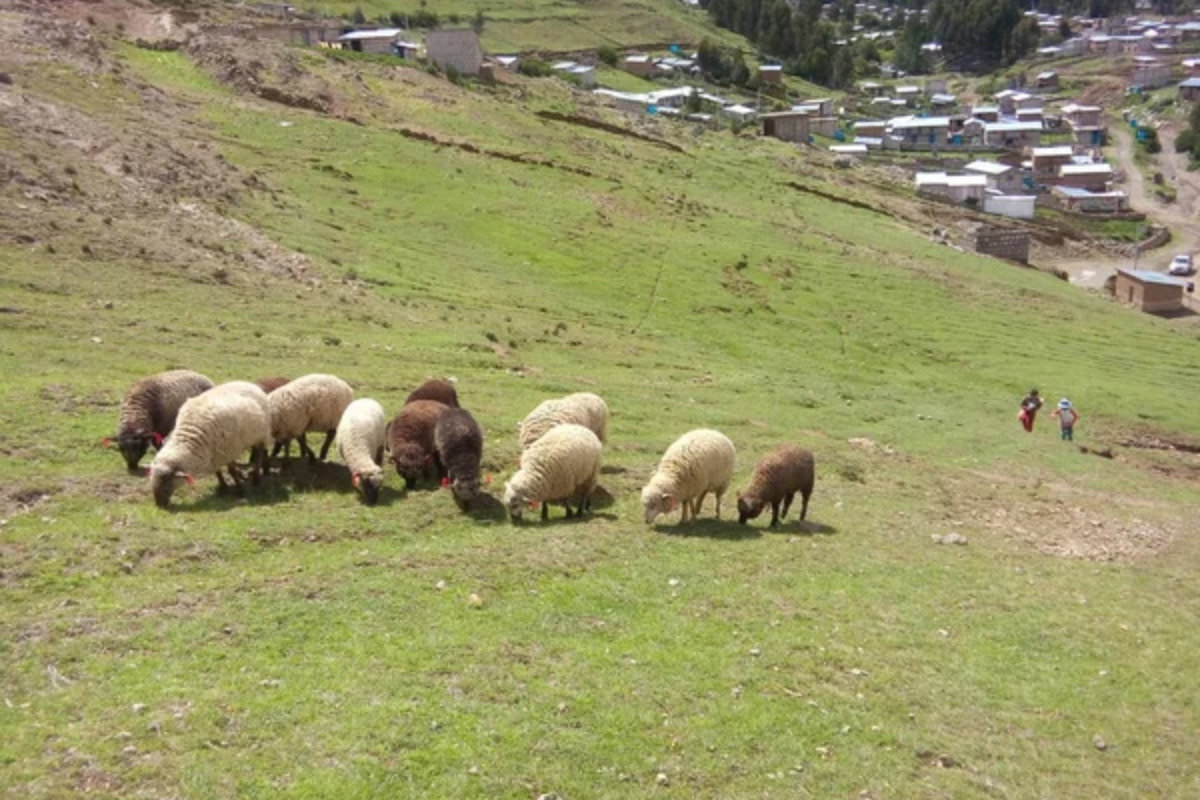
This small-scale operation emphasizing environmental education provides accommodation in traditional adobe structures built using methods developed through centuries of desert architectural evolution. Rainwater harvesting systems capture rare precipitation events, demonstrating water conservation techniques applicable to drought-affected regions worldwide.
The property’s position near ancient caravan routes allows exploration of archaeological sites associated with pre-Columbian trade networks connecting coastal and mountain communities. Culinary programs feature desert-adapted plants historically used by indigenous communities for nutrition and medicine, connecting guests with botanical knowledge developed through generations of desert living.
Like Travel Pug’s content? Follow us on MSN.
Sossusvlei Desert Lodge in Namibia

Floor-to-ceiling windows frame views of ancient dunes and mountain ranges from accommodations specifically positioned to capture dramatic landscape vistas without requiring movement from personal space. Retractable skylights above beds allow stargazing directly from sleeping positions, creating natural nighttime entertainment without technological mediation.
Underground water sources support modest gardens demonstrating desert cultivation techniques developed through generations of adaptation to seemingly inhospitable conditions. The property’s isolation creates soundscapes where natural silence—increasingly rare in modern environments—becomes a notable feature rather than a background condition.
Sal Salis in Western Australia
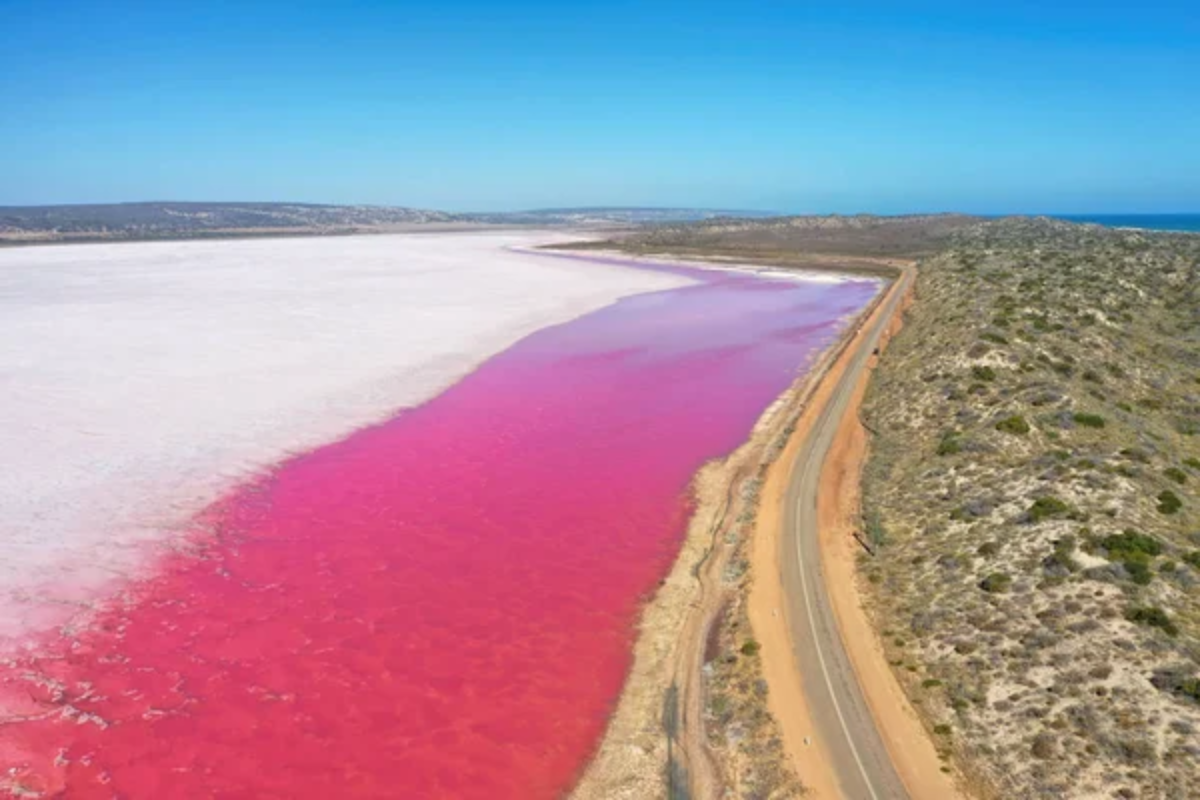
Positioned where the desert meets the ocean along Ningaloo Reef, this camp provides a rare combination of arid landscape and marine ecosystem access within walking distance. Structures elevated on platforms minimize environmental impact while creating natural ventilation that eliminates the need for mechanical cooling despite tropical temperatures.
The location provides seasonal access to whale shark and humpback whale migrations directly offshore, adding marine wildlife viewing to traditional desert experiences. Indigenous interpretation programs connect guests with the world’s oldest continuous culture by directly sharing traditional ecological knowledge rather than an abstract presentation.
Skylodge Adventure Suites in Peru

While technically not desert accommodation, these transparent capsules suspended above Peru’s Sacred Valley create similar isolation and landscape immersion found in premium desert camps. The structures attach directly to vertical cliff faces 400 feet above the valley floor, creating unobstructed views across arid mountain landscapes from completely transparent living spaces.
Reaching accommodations requires either hiking steep trails or traversing via Ferrata routes, creating an adventure component unusual in luxury accommodations. The elevation creates perfect conditions for observing Andean condors flying at eye level rather than the distant overhead viewing typical in most bird-watching experiences.
Like Travel Pug’s content? Follow us on MSN.
Wadi Rum Night Luxury Camp in Jordan
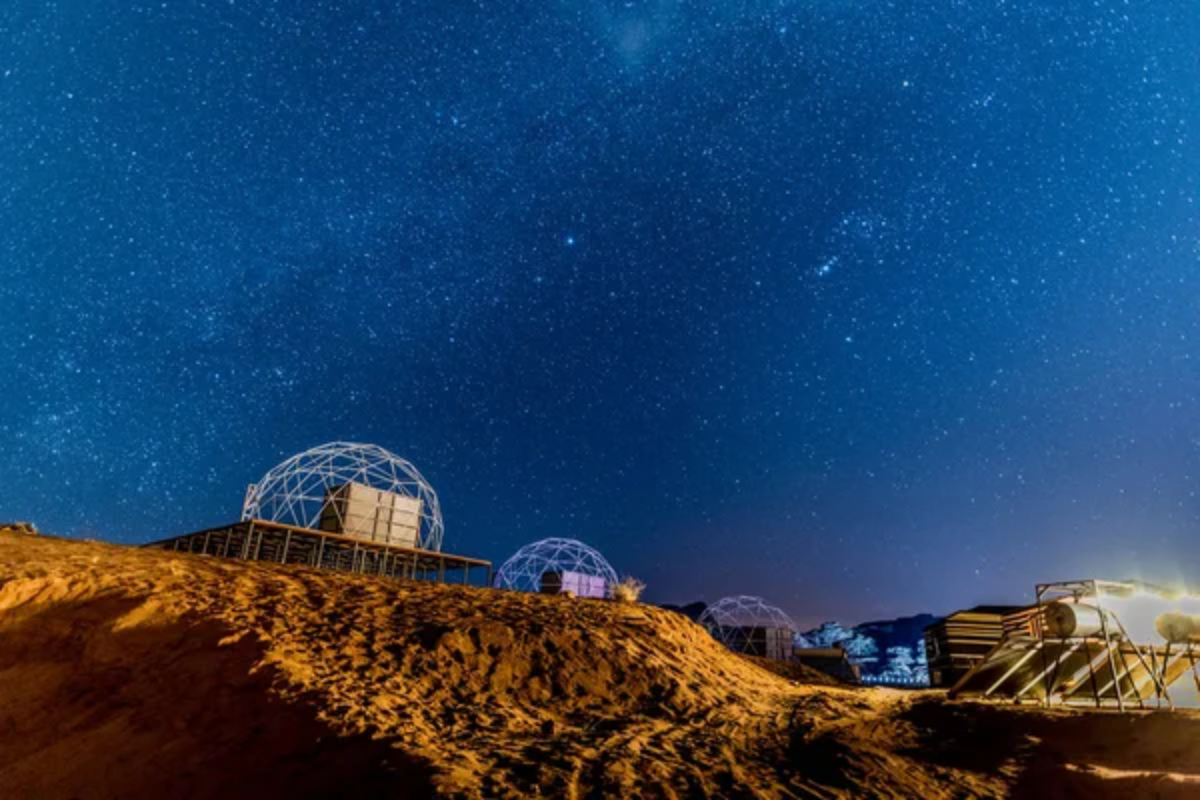
Positioned within the UNESCO World Heritage landscape featured in numerous films, these accommodations include “bubble” structures with transparent sections revealing extraordinary star displays without exposure to desert elements. The camp’s location allows direct access to ancient petroglyphs and Nabataean ruins through hiking routes originating directly from accommodations rather than requiring vehicle transport.
Traditional Bedouin hosts share indigenous knowledge developed through centuries of navigating landscapes outsiders find disorienting without technological assistance. Culinary experiences feature underground cooking techniques where food is slow-roasted beneath desert sands, creating distinctive flavors impossible to replicate through conventional methods.
Desert Transcendence
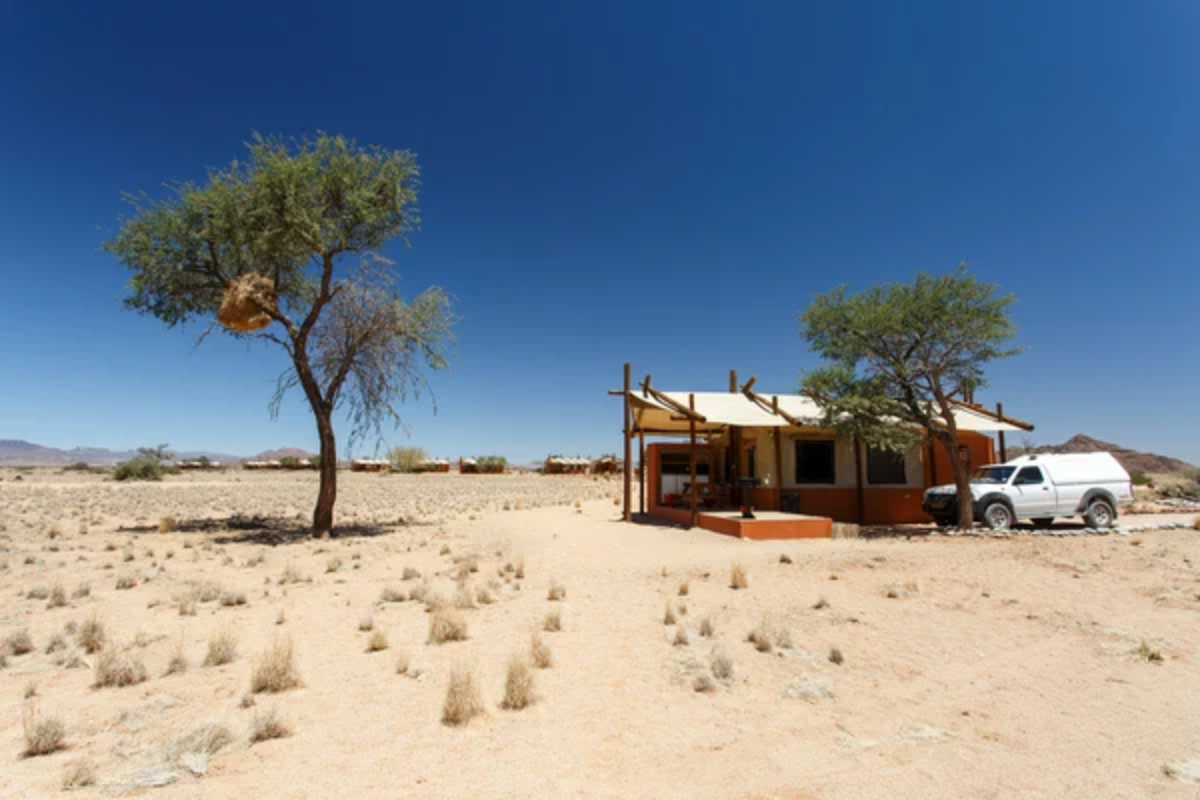
These extraordinary camps demonstrate how genuine luxury emerges from a meaningful connection to landscape and culture rather than merely importing conventional comforts into exotic settings. Their distinctive appeal comes through embracing rather than overcoming desert characteristics—celebrating night skies undiminished by light pollution, appreciating silence unmarred by mechanical background noise, and engaging directly with environmental conditions most travelers experience only briefly, if at all.
The most successful desert accommodations create experiences impossible elsewhere precisely because they incorporate elements urban environments systematically eliminate—darkness, silence, emptiness, and connection to natural rhythms increasingly absent from modern life. Perhaps these landscapes attract precisely because they strip away distractions, creating space for experiences increasingly rare in hyperconnected contemporary existence.
More from Travel Pug

- Cities Growing so Fast You Won’t Recognize Them in 10 Years
- 13 Destinations Where Tourists Regularly Regret Their Trip
- 20 Obscure WWII Sites Even History Buffs Don’t Know About
- 10 Under-the-Radar Mountain Towns That Are Both Affordable and Beautiful
- Remote Villages in Europe Where You Can Live for Free in Exchange for Work
Like Travel Pug’s content? Follow us on MSN.
